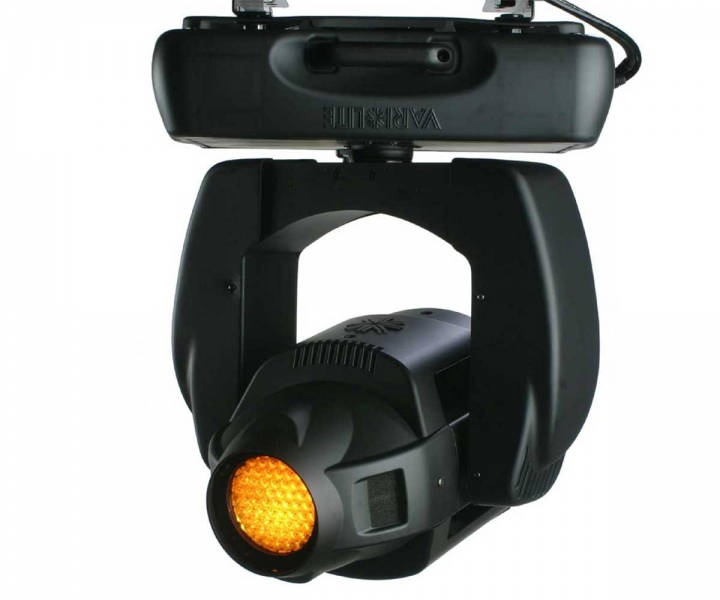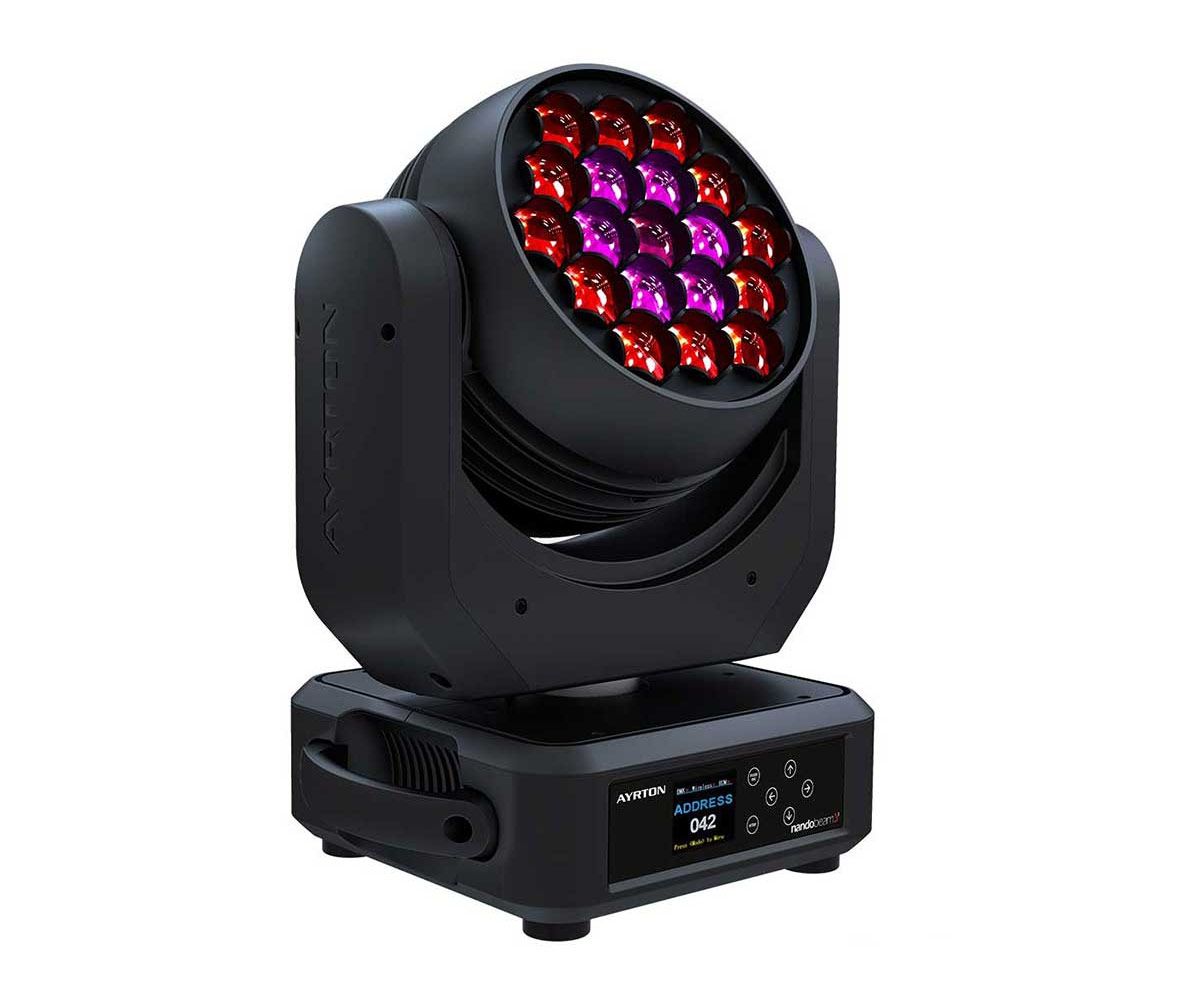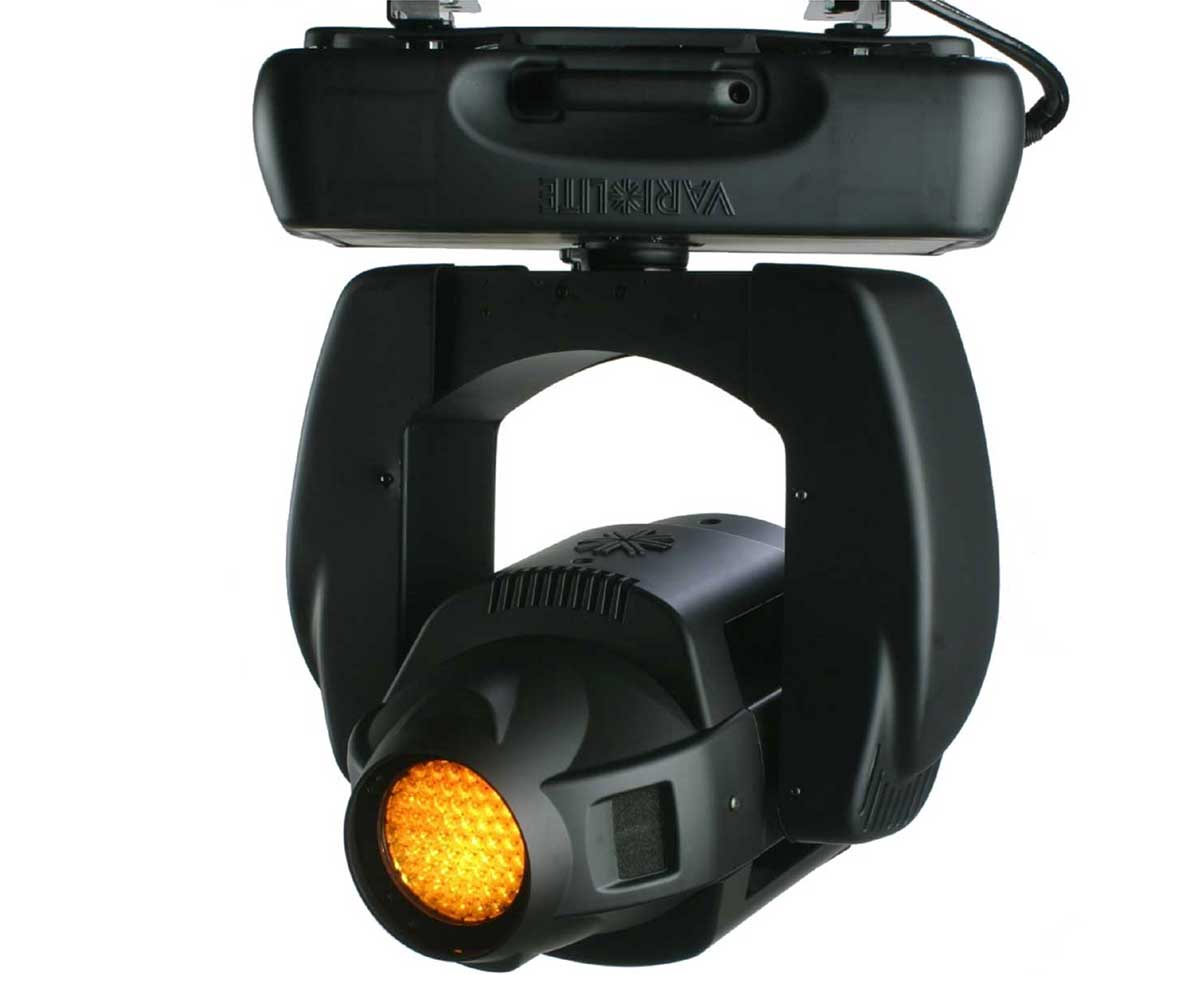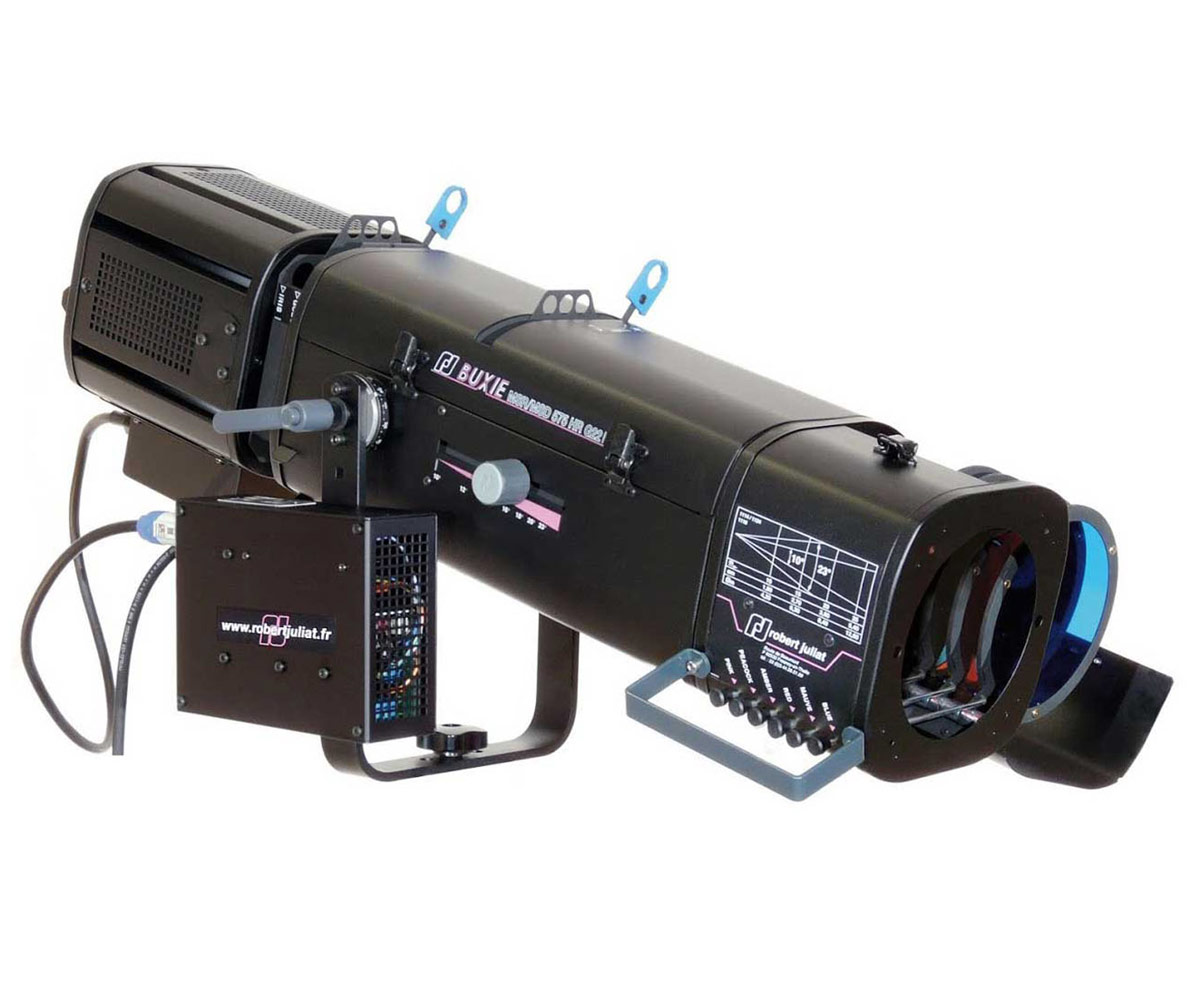Stage lighting equipment
20 April 2023

 |
If you're a performer, you know that there are many aspects of a live show that can make or break your performance. And one of the most important of these is lighting. Good lighting can set the mood, create a sense of drama, and elevate your performance to new heights. But with so many different types of lighting equipment available, it can be hard to know where to start. That's why we've put together the ultimate guide to stage lighting equipment, so you can brighten up your performance and take it to the next level. In this guide, we'll cover everything you need to know about stage lighting, including the different types of equipment available, how to use them to create different effects, and how to choose the right equipment for your specific needs. So let's dive in and discover how stage lighting can transform your performance into a truly unforgettable experience.The Importance of Stage Lighting for PerformancesLighting is an essential part of any stage production. It can help set the tone and atmosphere of a performance, highlight important elements of the show, create an emotional connection between the performers and the audience, and much more. Without proper lighting, even the best performances can fall flat, and the audience may not be able to fully appreciate the talent of the performers.Different types of performances require different types of lighting. For example, a concert may require bright, colorful, and dynamic lighting to create an energetic and exciting atmosphere, while a theatrical performance may require more subtle lighting to create a mood and evoke emotions. No matter what type of performance you are putting on, understanding how to use lighting to enhance the experience is key to a successful show. Types of Stage Lighting EquipmentThere are many different types of stage lighting equipment available, each with its own unique features and benefits. Some of the most common types of equipment include:Understanding Lighting Fixtures - Spotlights, Floodlights, and Wash LightsSpotlights are probably the most well-known type of stage lighting equipment. They are designed to focus a narrow beam of light on a specific area of the stage, such as a performer or prop. Spotlights can create a dramatic effect, highlight important elements of the show, and draw the audience's attention to specific areas of the stage.Floodlights, on the other hand, are designed to cover a wider area of the stage with a more diffuse light. They are often used to create a general wash of light that can help set the mood or create a specific atmosphere for the performance. Wash lights are similar to floodlights but are designed to create a more even and uniform wash of light across the entire stage. They are often used as a base layer of lighting that can be combined with other types of lighting equipment to create more complex effects. Lighting Control Systems - DMX Controllers and SoftwareLighting control systems are used to control the intensity, color, and position of lighting fixtures. The two most common types of lighting control systems are DMX controllers and software.DMX controllers are hardware devices that allow you to control the lighting fixtures connected to them. They can be used to adjust the intensity and color of the lights, as well as to create complex lighting effects and sequences. Lighting software, on the other hand, is designed to be used with a computer or mobile device. It allows you to control the lighting fixtures using a graphical interface, and can be used to create complex lighting effects and sequences. Some lighting software even allows you to synchronize the lighting with music or other audio. |
 |
Lighting Accessories - Gels, Gobos, and DiffusersLighting accessories are used to modify the color, shape, and intensity of the light created by the fixtures. Some common lighting accessories include gels, gobos, and diffusers.Gels are thin sheets of colored plastic that are placed in front of the lighting fixture to change the color of the light. They come in a wide range of colors and can be used to create a variety of different moods and atmospheres. Gobos are metal or glass plates with cut-out designs that are placed in front of the lighting fixture to create a patterned or textured effect. They can be used to create a wide range of effects, from simple shapes to complex patterns. Diffusers are used to soften the light created by the fixtures, making it more diffuse and less harsh. They can be used to create a more natural-looking lighting effect or to create a specific mood or atmosphere. Choosing the Right Stage Lighting Equipment for Your PerformanceChoosing the right stage lighting equipment is essential to achieving the desired effect for your performance. Here are some factors to consider when selecting lighting equipment:The Type of PerformanceDifferent types of performances require different types of lighting. For example, a concert may require bright, colorful, and dynamic lighting to create an energetic and exciting atmosphere, while a theatrical performance may require more subtle lighting to create a mood and evoke emotions.The Size of the StageThe size of the stage will also have an impact on the type of lighting equipment required. Larger stages may require more powerful lighting fixtures, while smaller stages may require more compact and versatile equipment.The BudgetThe budget is also an important consideration. While it may be tempting to go for the most expensive equipment, it's important to balance your budget with your specific lighting needs to ensure the best possible performance.Setting Up Your Stage Lighting EquipmentOnce you have selected the right stage lighting equipment, it's time to set it up. Here are some tips for setting up your lighting equipment:Start with a PlanBefore you start setting up your lighting equipment, it's important to have a plan in place. This should include the type of lighting fixtures you will be using, the layout of the stage, and any specific lighting effects you want to achieve.Position the Lighting Fixtures CorrectlyThe position of the lighting fixtures is critical to achieving the desired effect. Spotlights should be positioned to highlight specific areas of the stage, while floodlights and wash lights should be positioned to create an even wash of light across the entire stage.Test the LightingBefore the performance, it's important to test the lighting to ensure that everything is working correctly. This should include testing the intensity, color, and position of the lighting fixtures, as well as any lighting effects or sequences.Maintenance and Troubleshooting Tips for Stage Lighting EquipmentMaintaining your stage lighting equipment is essential to ensuring that it continues to function properly and provide the desired lighting effects. Here are some maintenance and troubleshooting tips to keep in mind:Keep the Equipment CleanDirt and dust can accumulate on the lighting fixtures, which can affect their performance. It's important to clean the equipment regularly to ensure that it continues to function properly.Check the Equipment RegularlyIt's also important to check the equipment regularly for any signs of wear or damage. This can include checking the bulbs, cables, and connectors for any damage or wear and tear.Troubleshoot ProblemsIf you experience any problems with your lighting equipment, it's important to troubleshoot the problem to identify the cause. This can include checking the power supply, cables, and connectors, as well as the lighting fixtures themselves. |
 |
Stage Lighting Design Tips for Different Types of PerformancesFinally, here are some stage lighting design tips for different types of performances:-ConcertsConcerts often require bright, dynamic, and colorful lighting to create an energetic and exciting atmosphere. Spotlights can be used to highlight specific performers or instruments, while floodlights and wash lights can be used to create a general wash of light across the stage.-Theatrical PerformancesTheatrical performances often require more subtle lighting to create a mood and evoke emotions. Spotlights can be used to highlight specific actors or props, while floodlights and wash lights can be used to create a more even and natural-looking lighting effect.-Dance PerformancesDance performances often require dynamic and colorful lighting to highlight the movements and choreography of the dancers. Spotlights can be used to highlight individual dancers, while floodlights and wash lights can be used to create a more general wash of light across the stage.Lighting is an essential part of any stage performance. It can help set the mood, create a sense of drama, and elevate your performance to new heights. By understanding the different types of stage lighting equipment available, how to use them to create different effects, and how to choose the right equipment for your specific needs, you can take your performance to the next level and create an unforgettable experience for your audience. So go ahead and brighten up your performance - your audience will thank you for it! |
